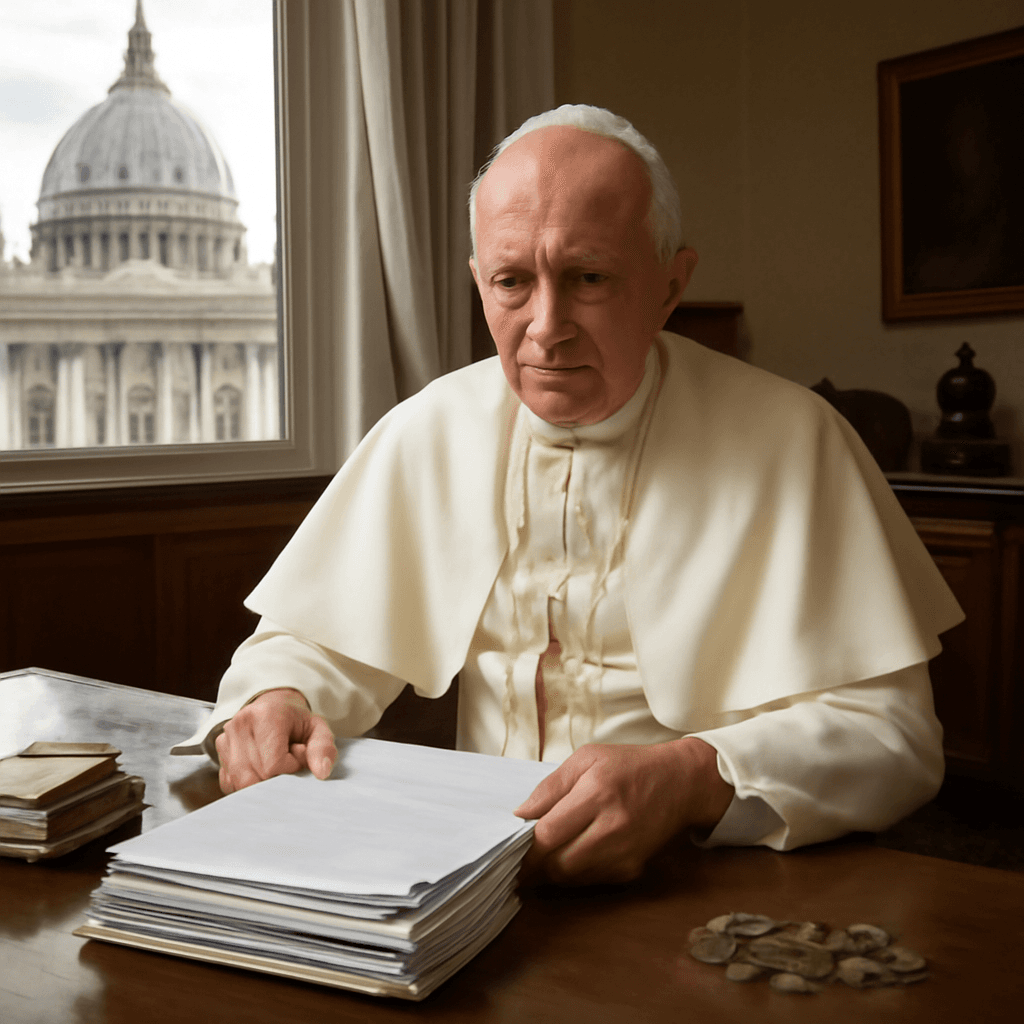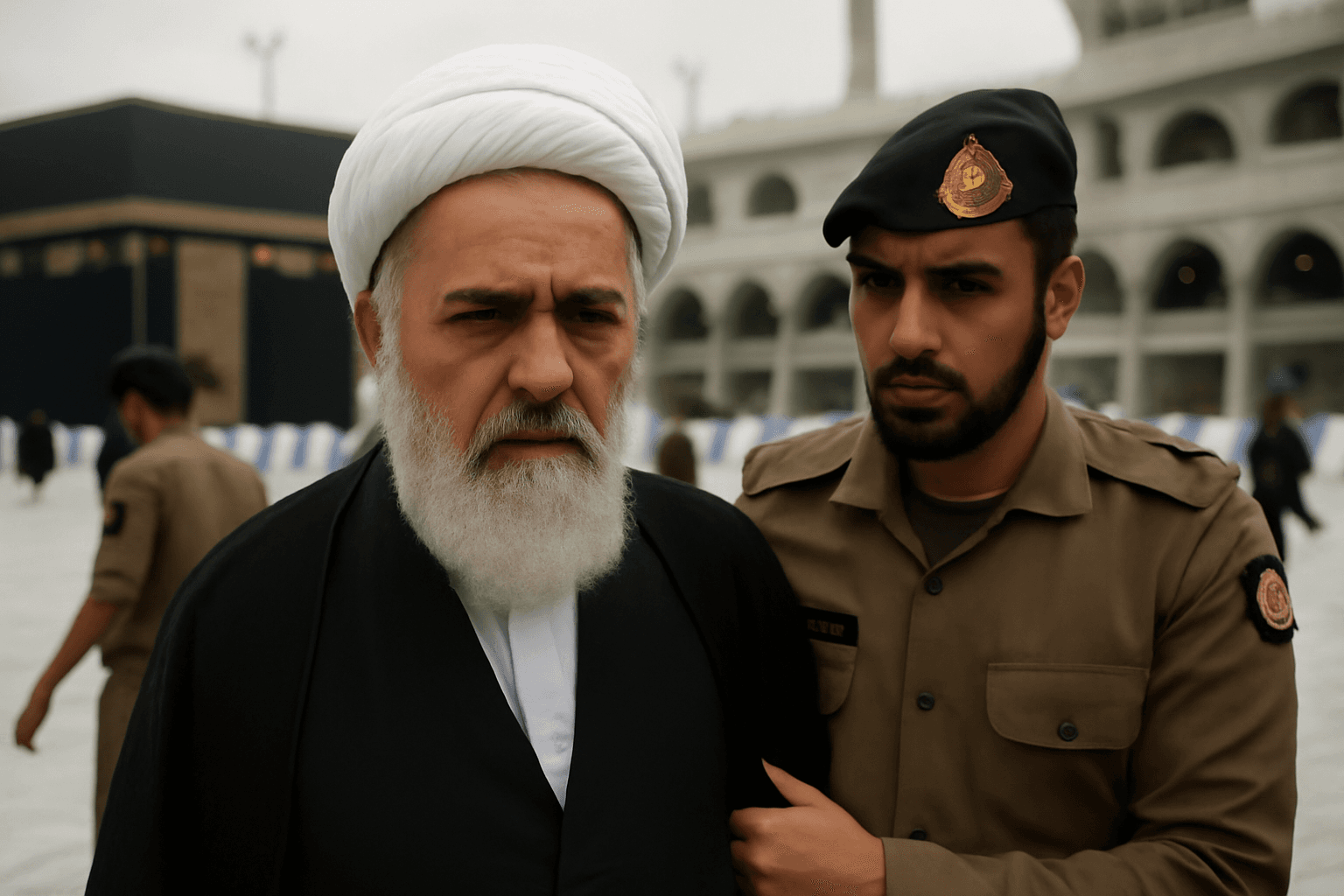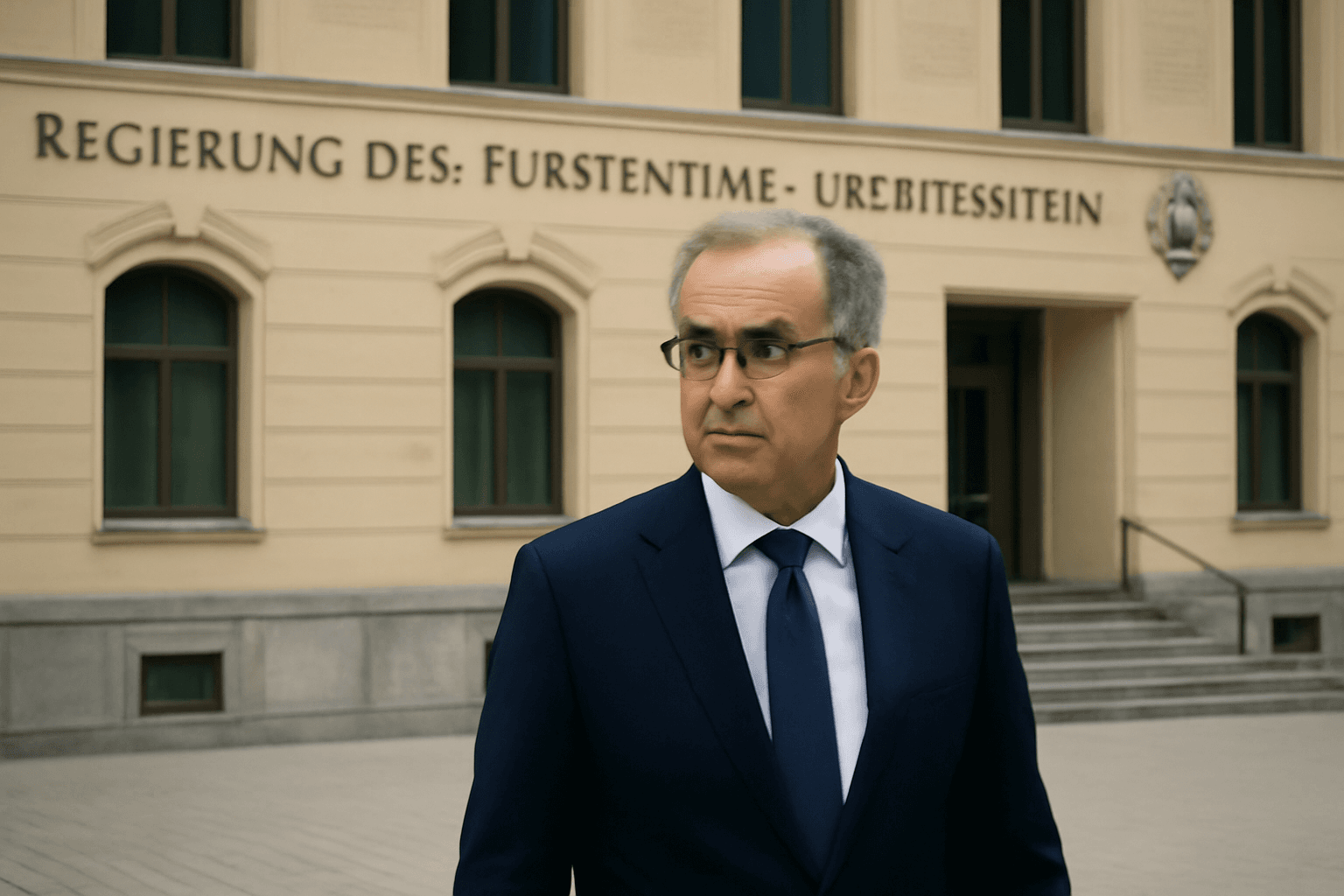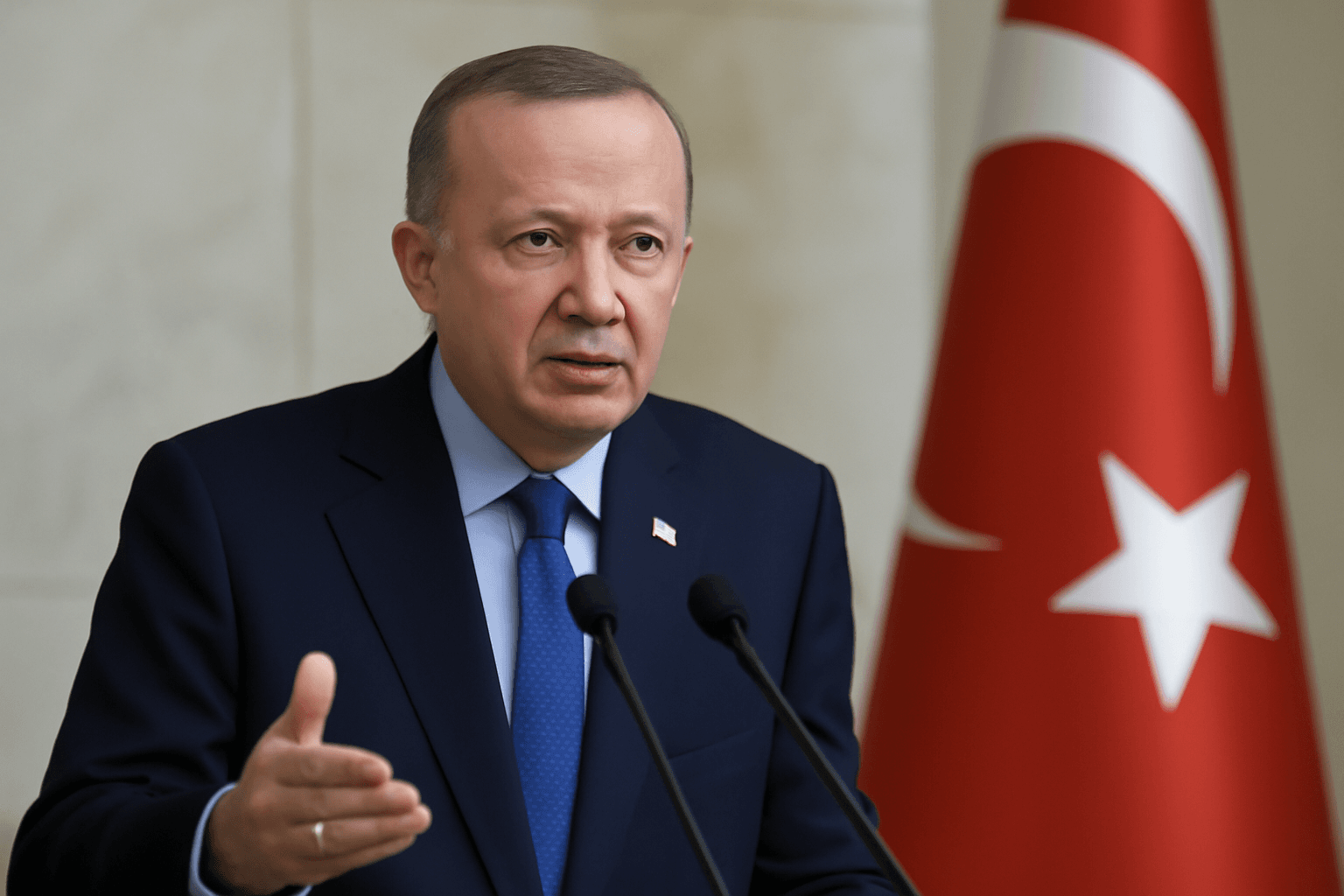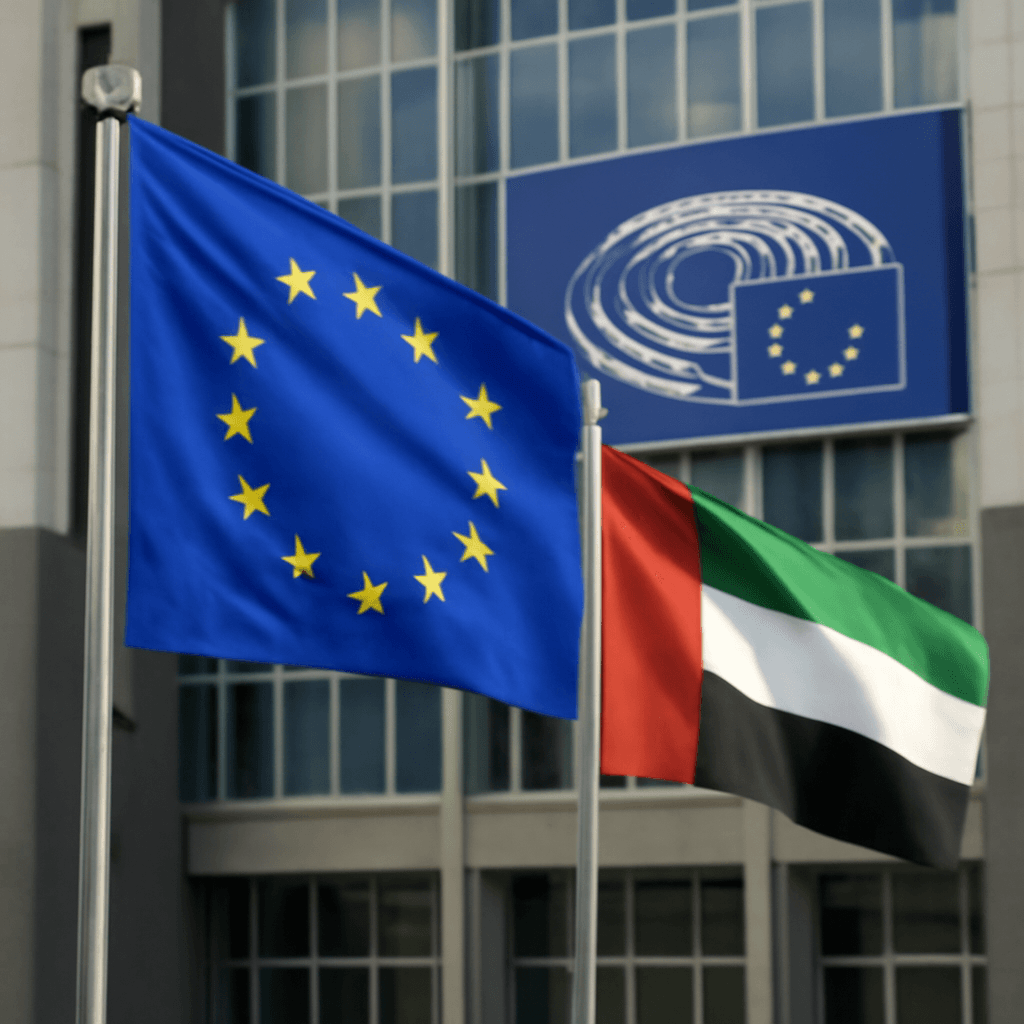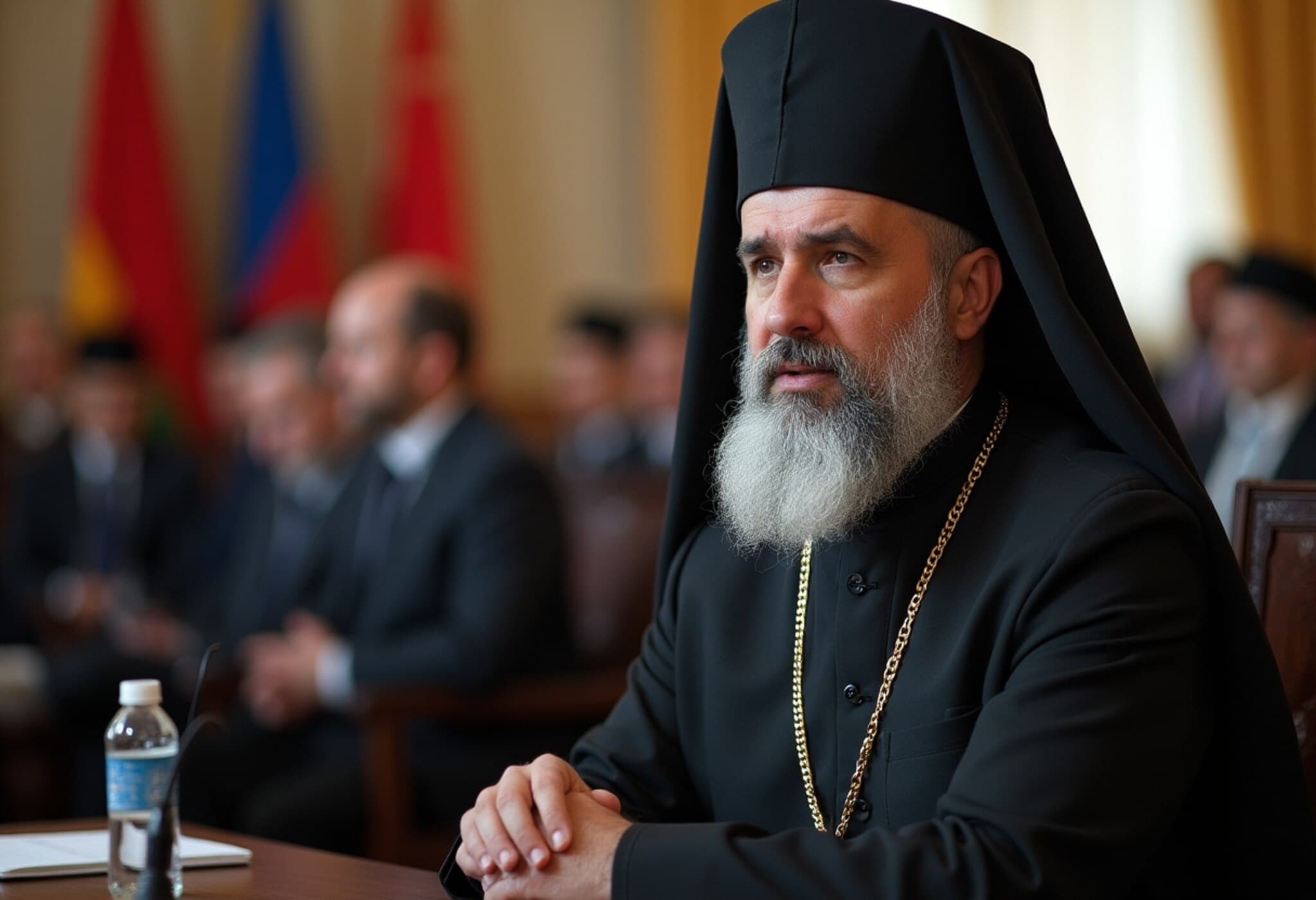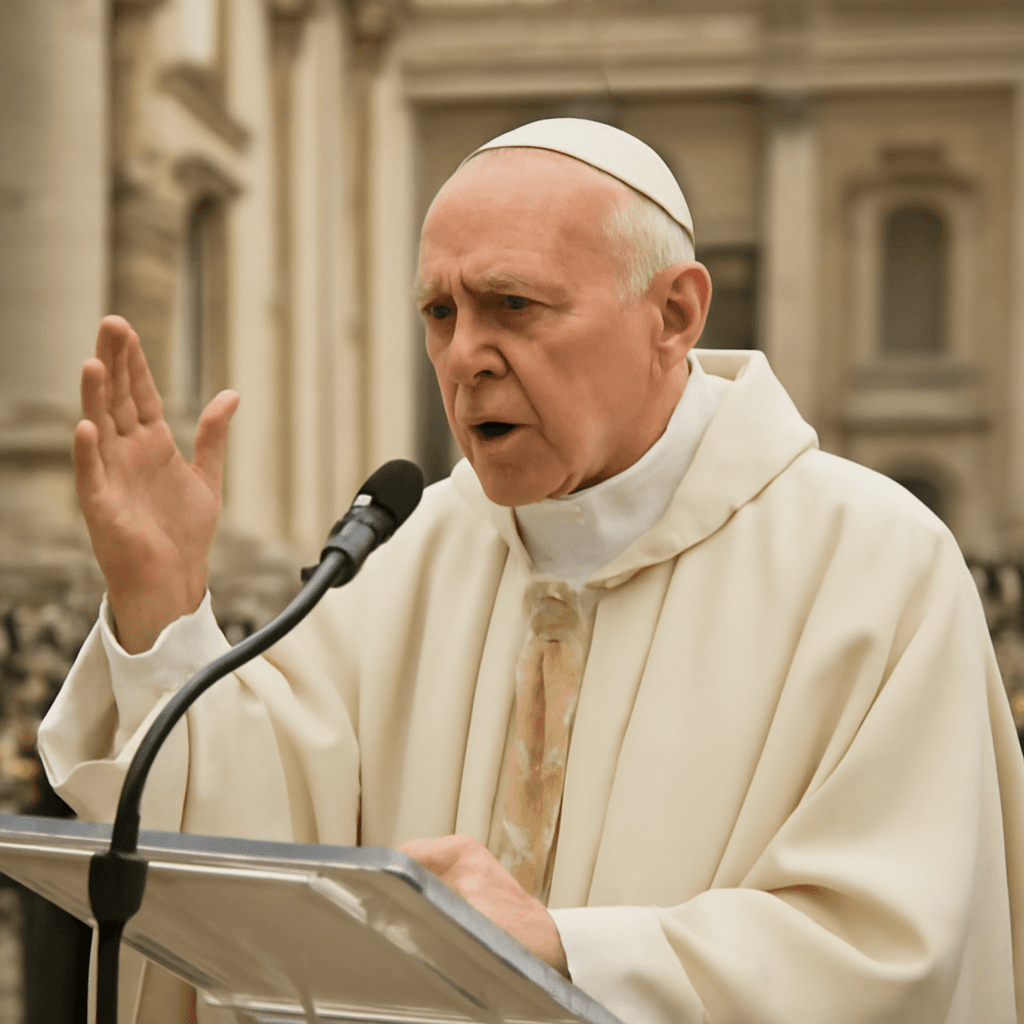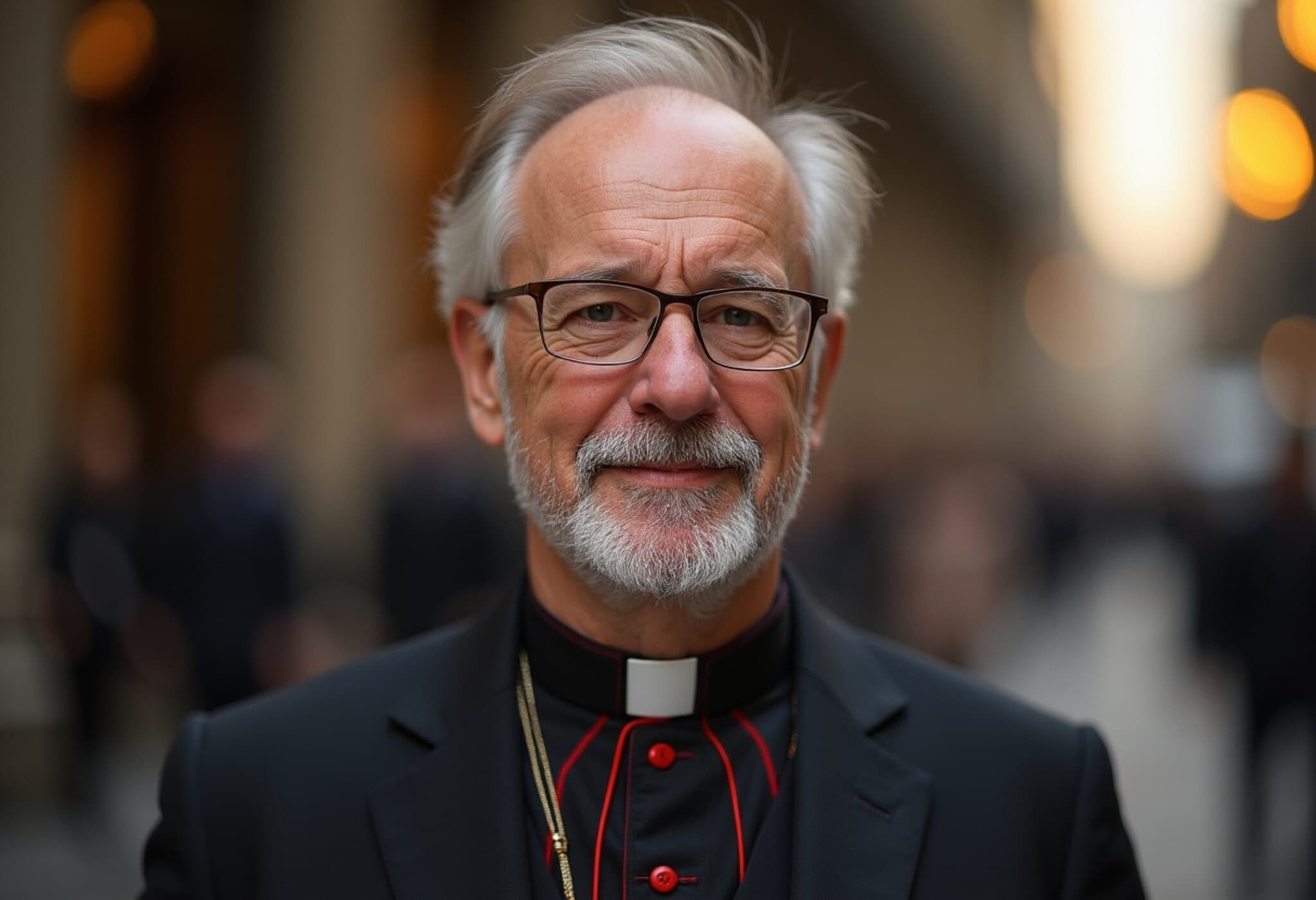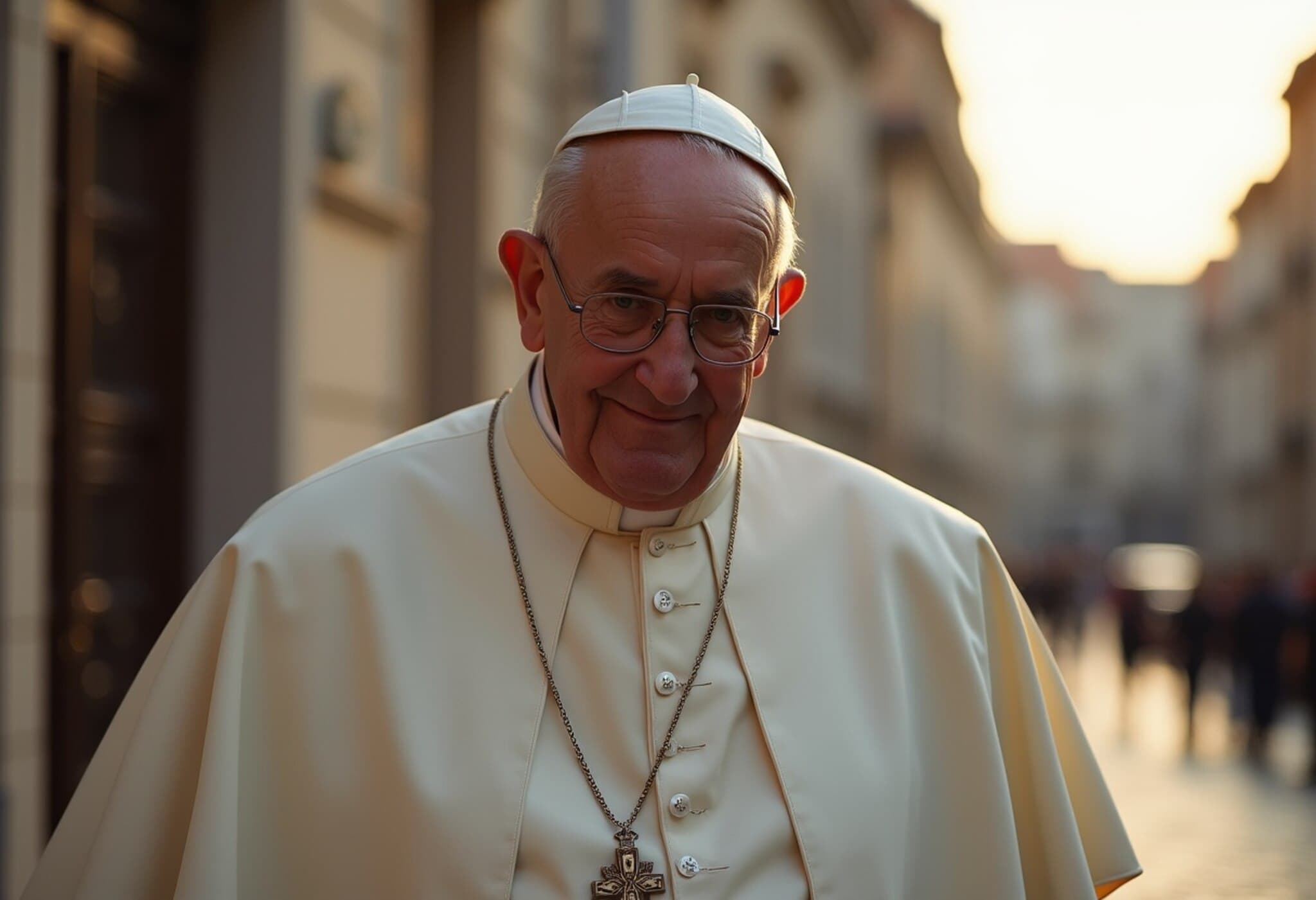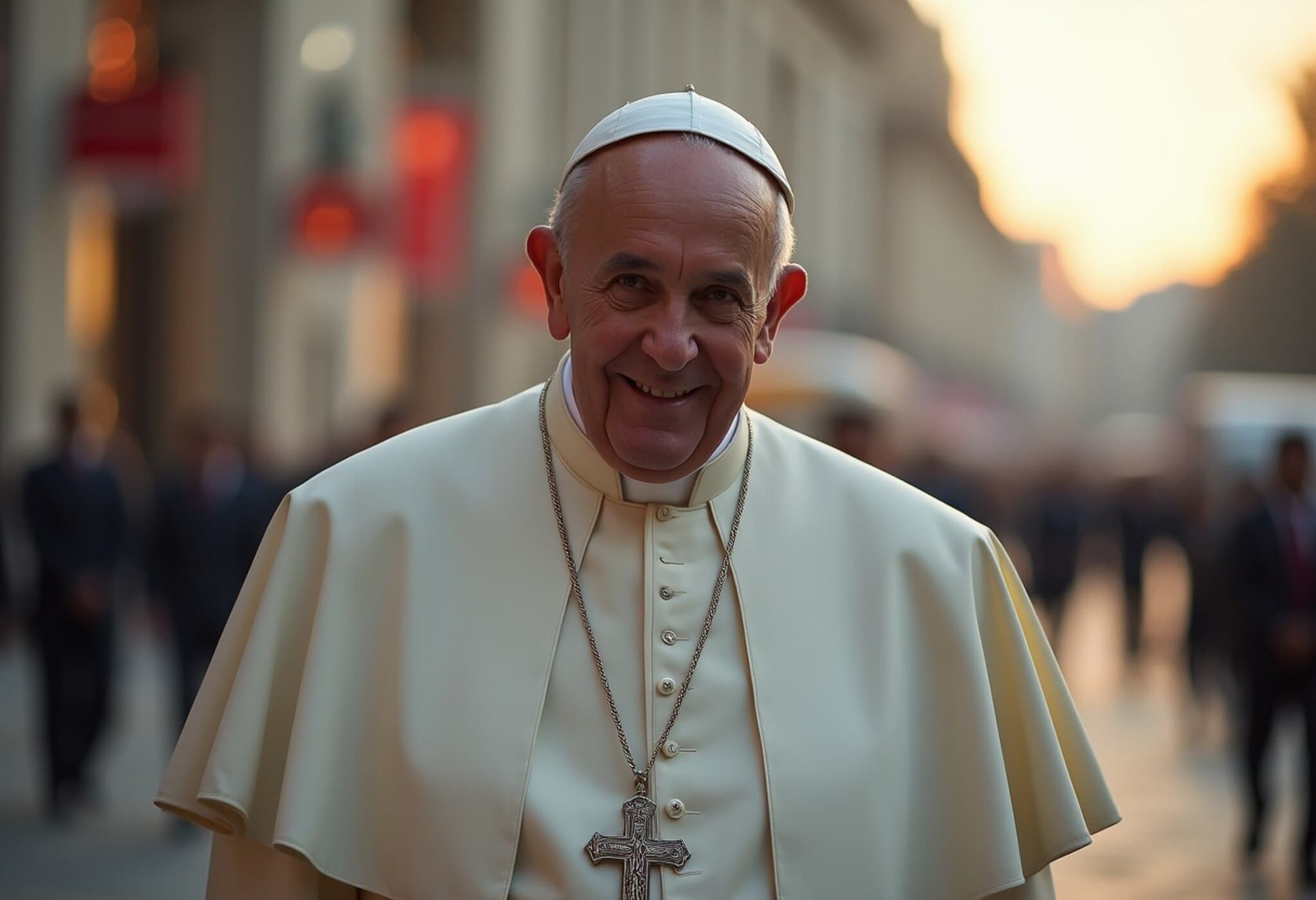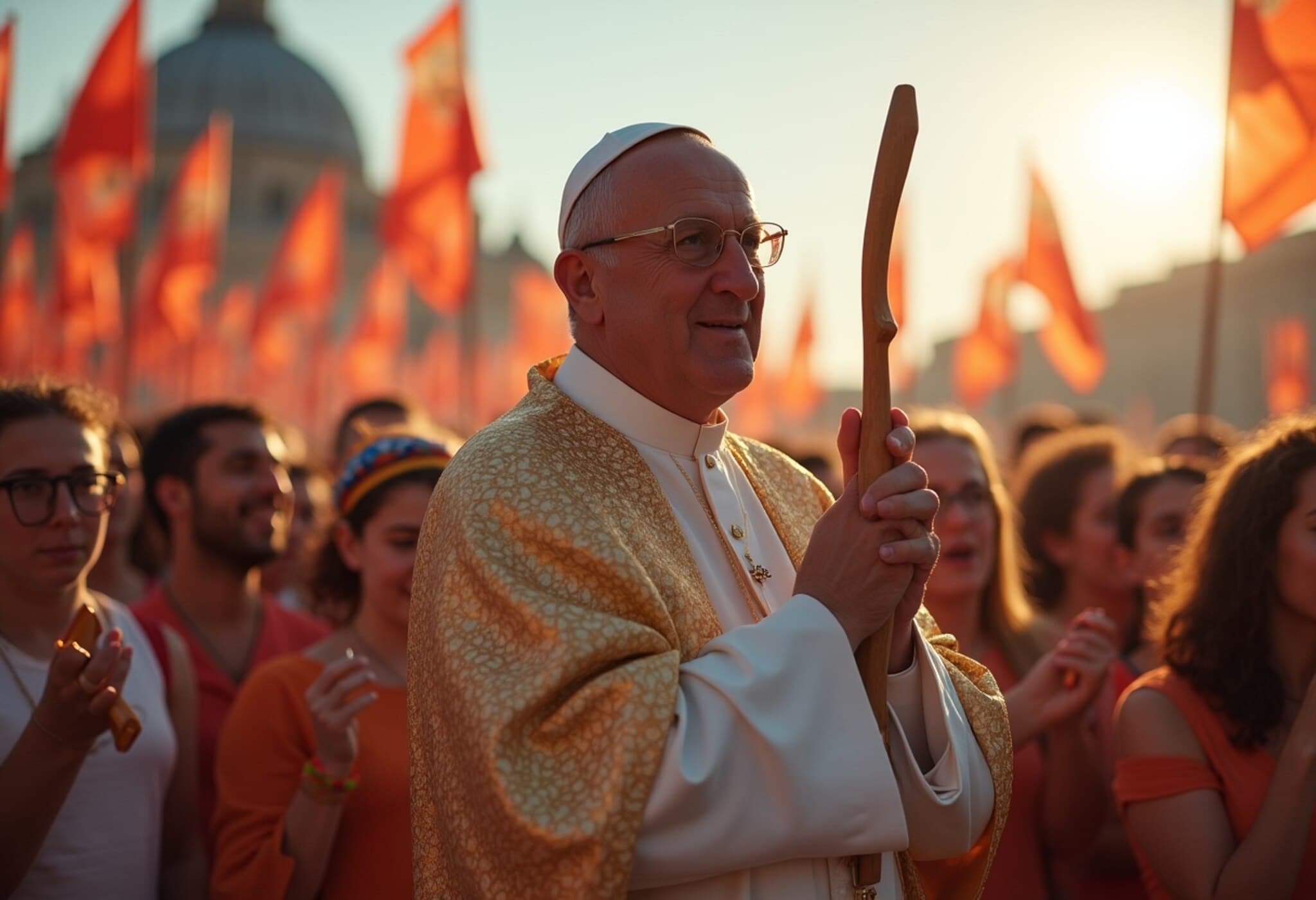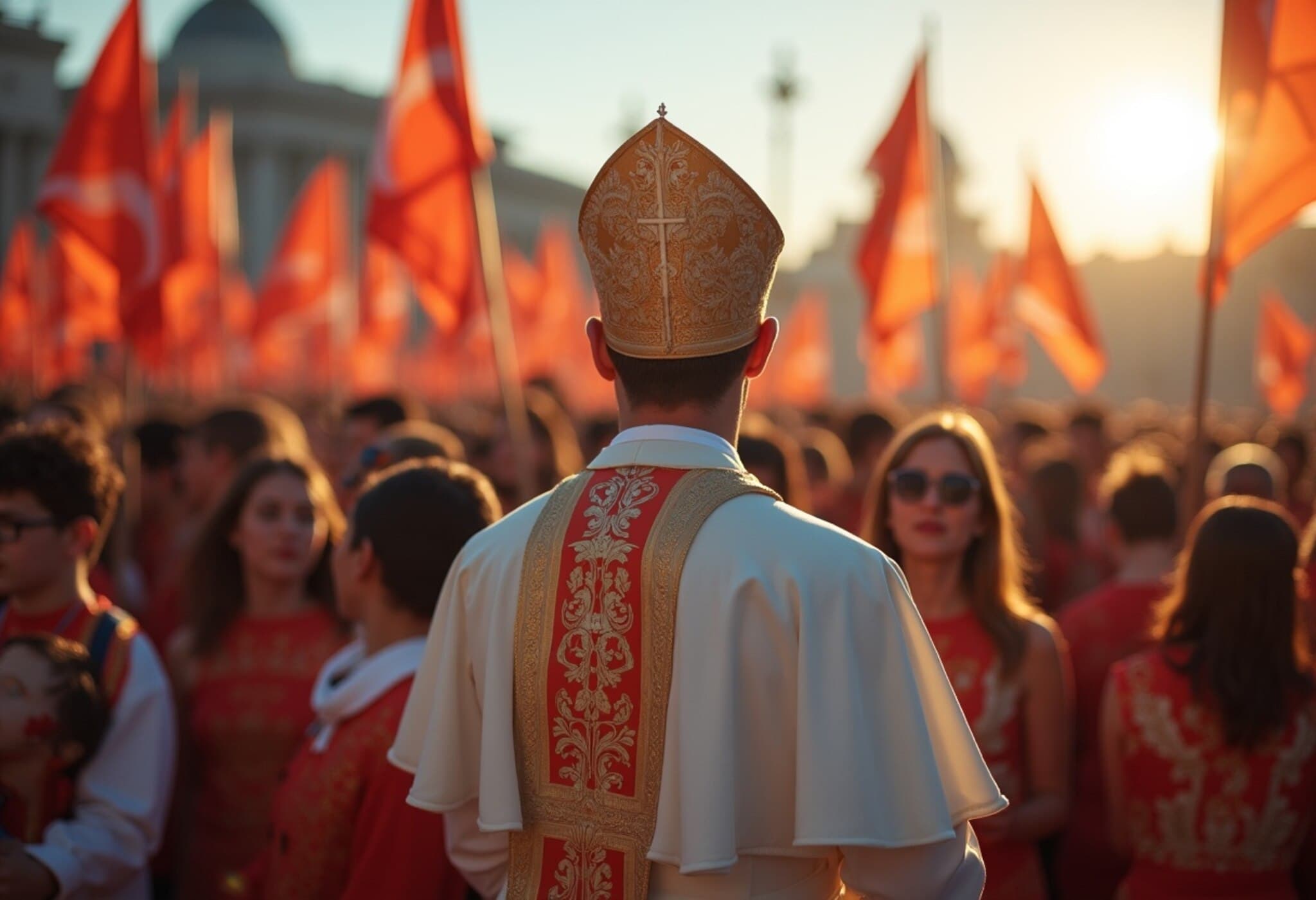The Vatican’s Financial Landscape: A Small State with Big Challenges
Vatican City, despite its tiny size, grapples with substantial budgetary hurdles. It does not rely on traditional revenue methods like taxation or bond issuance. Instead, the Holy See primarily funds the Catholic Church’s central governance through donations, ticket sales from the Vatican Museums, investment returns, and management of an extensive real estate portfolio—though many of these income streams have faltered recently.
In its last consolidated budget report from 2022, the Vatican projected revenues of 770 million euros ($878 million). A large portion of this budget supports diplomatic missions and Vatican media, but in recent years, the costs have often outpaced income, leaving Pope Leo XIV with the challenge of reversing this financial shortfall.
Declining Donations: A Critical Concern
Donations remain a cornerstone of Vatican finance, yet they are under strain. Two main forms of yearly donations support the Church’s central budget:
- Bishops’ Contributions: Canon law requires bishops worldwide to pay an annual fee, scaled according to their diocesan resources. From 2021 to 2023, U.S. bishops accounted for over one-third of the $22 million (19.3 million euros) collected annually.
- Peter's Pence: This special collection, usually held every June's last Sunday, sees individual Catholics donate an average of $27 million (23.7 million euros) from the U.S. alone, making up over half the global total during 2021-2023.
Despite American generosity, overall contributions to Peter’s Pence have dramatically declined—from a peak of $101 million (88.6 million euros) in 2006 down to $47 million (41.2 million euros) during the pandemic’s first year. Donations have struggled to recover amid controversies like the botched investment in a luxury London property, which revealed how much of Peter’s Pence went toward plugging budget deficits rather than charitable causes.
There are signs of cautious optimism, with a slight uptick observed in 2023. Traditionally, papal elections spark a surge in donations, giving Pope Leo XIV a potential boost to build on.
New Financial Contributors and Institutional Challenges
The Vatican’s financial ecosystem also includes contributions from the Vatican bank and the city-state’s governorate, which oversees the museums. A decade ago, the bank routinely provided the pope with around 55 million euros ($62.7 million) annually. However, the bank did not make direct contributions in 2023 despite posting a net profit of 30 million euros ($34.2 million). Similarly, the governorate’s financial support has waned.
This hesitancy to contribute internally raises questions about the Holy See's credibility when appealing for external donations. Expanding donor bases beyond the U.S. presents a real challenge, especially considering that philanthropy traditions and tax incentives are stronger in America than in Europe, where giving often comes through corporations or government channels.
Experts emphasize the need to move beyond emergency-driven fundraising toward inspiring Catholics to view supporting the Church as a long-term investment. The massive attendance at Leo’s installation ceremony—drawing roughly 200,000 people—highlights an untapped well of potential goodwill and generosity.
Unlocking the Potential of Vatican Real Estate
The Vatican’s property holdings are vast, comprising over 4,200 properties in Italy and around 1,200 elsewhere in Europe. Yet only about 20% are rented at market value. Approximately 70% are occupied by Church offices or employees without generating income, and 10% are leased at below-market rates.
In 2023, the real estate portfolio generated a modest 35 million euros ($39.9 million) in profit. Financial analysts have long identified this undervalued asset base as ripe for better monetization. More aggressive strategies—such as selling properties that are costly to maintain or no longer serve the Church’s mission—could bring much-needed cash flow.
For example, the Vatican recently sold its Tokyo embassy property in an upscale district to a developer planning luxury apartments, signaling a possible shift toward asset rationalization. Still, institutional inertia remains strong, as seen when the Vatican chose to retain the struggling Fatebenefratelli hospital in Rome despite financial challenges, creating a dedicated fundraising foundation to support it instead.
A seasoned real estate fund manager notes the urgent need for the Vatican to confront the reality of its expansive, yet underutilized, property holdings.
Looking Ahead: Financial Renewal for the Holy See
The financial pressures faced by the Vatican pose both a test and an opportunity for Pope Leo XIV. Balancing traditional sources of income with innovation in fundraising and asset management will be crucial. With renewed focus, the Vatican could tap into new donor pools, reform institutional giving, and optimize its substantial real estate portfolio.
Ultimately, a sustainable financial future will empower the Church to continue its global mission without being hindered by budgetary challenges.

